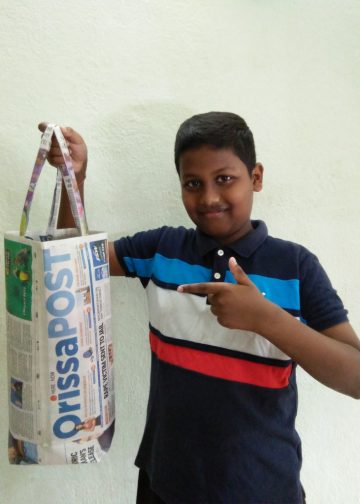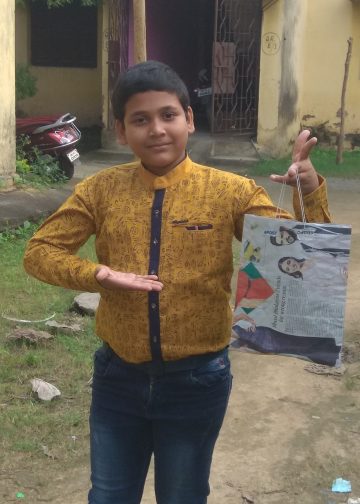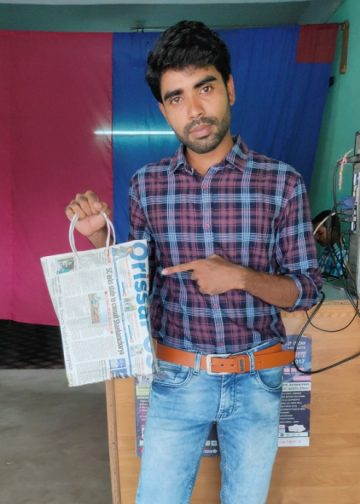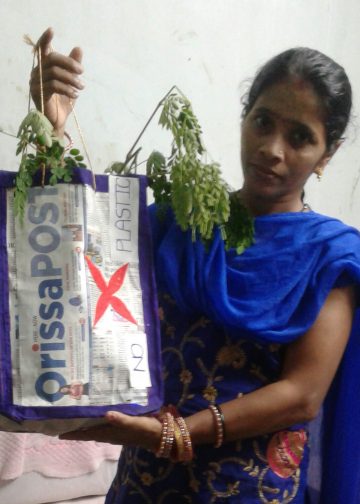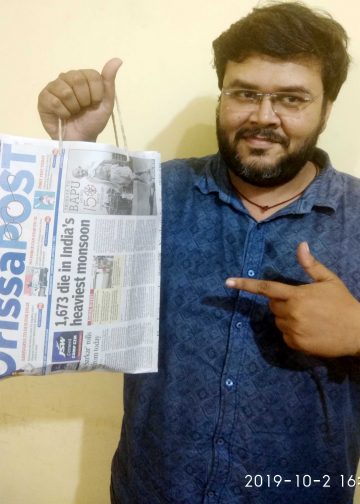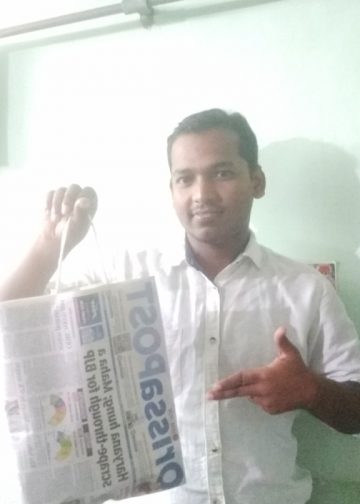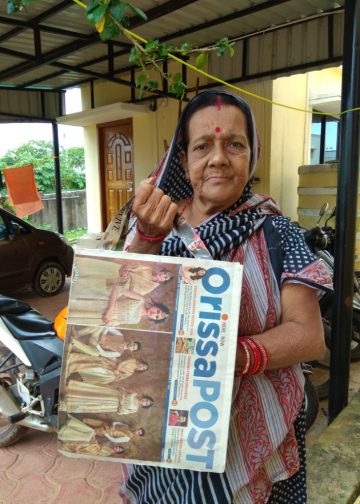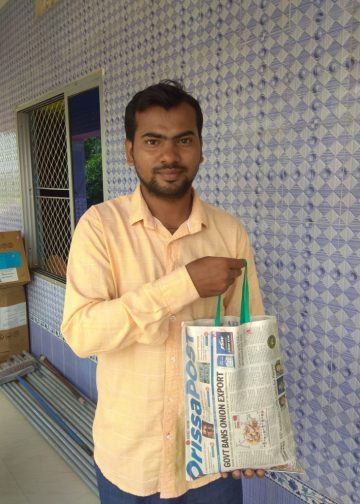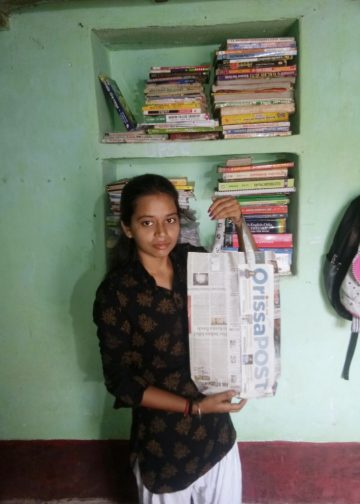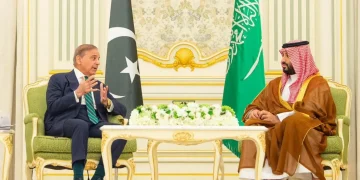FOCUS ECONOMY Amit Kapoor
While claims are that the Indian economy is set to ‘overtake’ the Chinese economy, here is a contrarian perspective.
==
TEXT
India’s growth rate is projected to surpass the Chinese growth rate for 2015 — as was stated by IMF in a recent report. However, fact is, Chinese growth rate has consistently outperformed India in the past 30 years. That means China is already far ahead of India in absolute value terms. An astounding gap of approximately $7.3trillion exists between the two economies as of 2013, as per World Bank figures. It also means that the Chinese economy in 2013 was already roughly five times bigger than the Indian economy in current dollar terms.
A brief look at the growth history is pertinent. Chinese leaders, most specifically Deng Xiaoping, initiated reforms in 1978 under the ‘responsibility system’ that made farmers a kind of entrepreneurs. These, along with several reforms such as birth control, modernisation and a more open approach to trade with the US and Japan led to the Chinese economy becoming export competitive. The 1990s and 2000s saw a greater role for entrepreneurs and Chinese state-owned enterprises, as well as a greater integration of China into the world economy.
India under PV Narasimha Rao initiated reforms in 1991 primarily due to a balance of payment crisis. Some describe these reforms as reforms by stealth rather than by choice. Several sectors saw capital infusion and growth amid policy changes. Prominent among these were the automobile, telecom, pharmaceuticals, IT and banking sectors. India saw the rise of a new and aspirational middle class during the period of increasing affluence and a break from the license-permit raj.
However, when comparing India and China since the 1980s, the Chinese growth has been astounding (average growth rate close to 10 per cent). It is due to greater integration with the world economy both in terms of trade as well as in terms of FDI inflows. On an average, from 1982-2013, the FDI inflows into China were more than eight times that went into India. Similarly, the merchandise trade was five times that of India during the commensurate period.
A look at the sectoral contributions and their change over time also helps in understanding the transformation that has taken place in these economies and what can be expected in the future. While China saw broad-based growth post its reforms, the Indian growth story is seen to be restricted to very select sectors of industry and broadly, the service sectors. The speed of change too is a defining feature of the Chinese economy.
The contribution of China’s manufacturing sectors as a percentage of GDP mildly went down from 37 per cent in 1983 to 31 per cent in 2013. In India, the percentage contribution remained more or less stable at 16 per cent. However, in absolute (current value) terms, the Chinese manufacturing grew over 35 times while the Indian one grew only nine times since 1983.
In the services domain, the percentage contribution doubled from 23 per cent in 1983 to 46 per cent in 2014, while in India it increased from 41 per cent in 1983 to 51 per cent in 2013. In absolute (current value) terms, China’s services sector grew an astounding 83 times since 1983, while the Indian services grew 11 times.
The agricultural contribution in both the economies went down from roughly 33 per cent in 1983 to 10 per cent in China and to 18 per cent in India. In absolute terms, the Chinese agriculture sector grew 12 times while India’s grew just five times. This shows that China has outperformed India in each of the sectors in the past 30 years. Also, India’s contribution to world GDP at present (2013) is just below 2.5 per cent, which is miniscule. The advantage that China has built over the past 30 years cannot be easily negated. The catch-up thus seems highly unlikely.
To close this gap in the future, the Indian economy will have to outperform China’s in a significant manner. Just to understand this, it was assumed that the Indian economy grows from 2017 at 8 per cent and the Chinese economy decelerates to just 5 per cent by 2017. Even in such an unlikely scenario, India will have to wait until 2073 (another 58 years) to overtake the Chinese economy in current value terms. Notably, the growth remains consistent at 8 per cent for India while it remains 5 per cent for China. Fact is that, over time, growth rates tend to fall. So, it will become increasingly difficult for India and China to keep growing at these rates.
Rather than catching up with China, it is advisable that the Indian policymakers focus on lifting people out of poverty through growth and bettering the living standards of those residing in cities and towns. Also, a boost to manufacturing, not just for exports but also for more choice within the domestic economy (as the RBI governor has pointed out recently), will help India immensely.
This article is co-authored with Sankalp Sharma, senior researcher at the Institute for Competitiveness, India. Amit Kapoor is Chair, Institute for Competitiveness.





